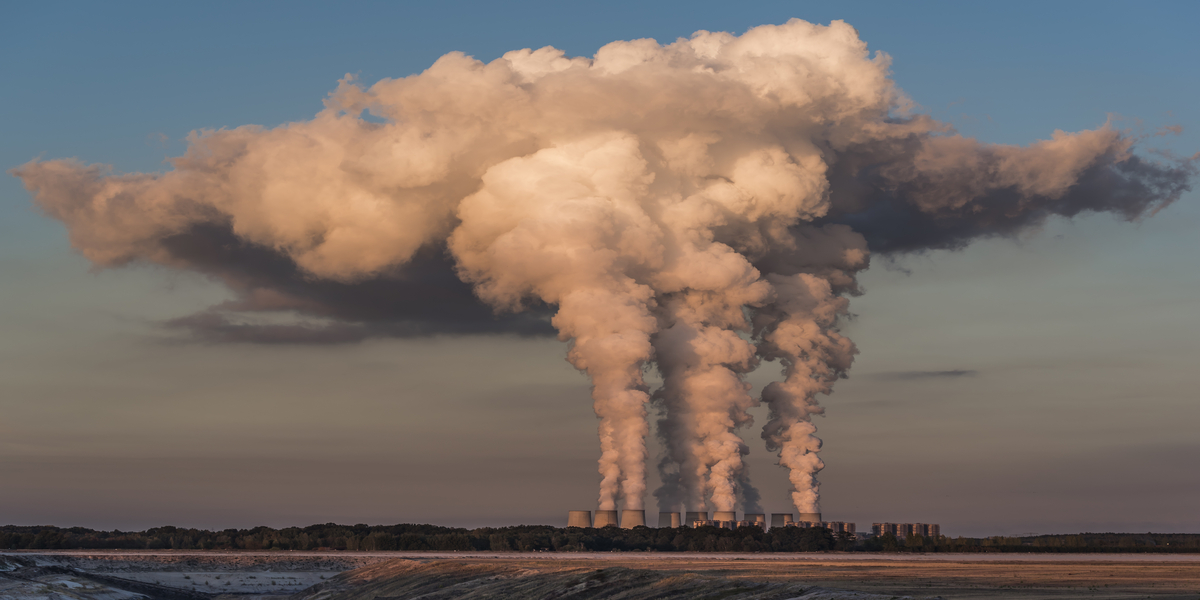In recent years, the issue of air pollution has taken center stage in Pakistan’s environmental discourse. Among the various types of pollution, smog—a toxic blend of smoke and fog—has emerged as a particularly dangerous phenomenon. From choking urban centers like Lahore to affecting rural outskirts, the impact of smog is undeniable. Understanding the causes of smog in Pakistan is essential if the country is to take meaningful action against this growing threat.
At Saaf Pakistan, our mission is to raise awareness, support clean air initiatives, and advocate for a healthier, pollution-free future. This article dives deep into the causes of smog in Pakistan, its impacts, and the path to solutions.
What Is Smog?
Smog is a type of severe air pollution formed when sunlight reacts with pollutants such as nitrogen oxides (NOx), sulfur dioxide (SO₂), carbon monoxide (CO), and volatile organic compounds (VOCs) in the atmosphere. The most harmful component of smog is particulate matter (PM2.5 and PM10)—tiny particles that can penetrate deep into the lungs and even enter the bloodstream.
Smog is most prevalent in Pakistan from October to February, a period marked by dry conditions, low wind speeds, and temperature inversions that trap pollutants near the ground. It results in reduced visibility, breathing problems, and a spike in health emergencies across the country.
Major Causes of Smog in Pakistan
Understanding the causes of smog in Pakistan requires examining both urban and rural practices that contribute to environmental degradation. These causes are often interconnected and worsened by policy gaps and weak enforcement of regulations.
Vehicular Emissions
One of the primary causes of smog in Pakistan is emissions from millions of vehicles on the roads, particularly in major cities like Lahore, Karachi, and Islamabad. Most of these vehicles lack catalytic converters or proper maintenance. The widespread use of low-quality fuels, such as Euro-II or lower-grade petrol and diesel, leads to high emissions of carbon monoxide, nitrogen oxides, and hydrocarbons.
In the absence of efficient public transport systems, the dependence on personal vehicles, rickshaws, and motorbikes continues to rise—amplifying the problem.
Industrial and Brick Kiln Emissions
Unregulated industrial activity and brick kilns are major contributors to Pakistan’s worsening air quality. Many factories still use furnace oil, coal, or rubber as fuel sources, emitting massive quantities of smoke and toxic chemicals.
Brick kilns, in particular, operate in and around urban areas using outdated technology. Traditional kilns burn coal and other waste materials without filters, adding significantly to the dense smog that blankets cities every winter.
Crop Residue Burning
Perhaps one of the most seasonal and visible causes of smog in Pakistan is the widespread practice of crop residue burning in Punjab and parts of Sindh. Farmers burn leftover rice stubble to clear fields quickly and cheaply in preparation for the next crop. While the fires are short-lived, the resulting smoke covers vast distances and combines with urban pollutants to create a toxic mix.
Despite being banned in some provinces, the enforcement of these bans remains inconsistent, allowing the practice to continue largely unchecked.
Waste and Garbage Burning
In many parts of the country, particularly urban slums and rural areas, open burning of garbage is a common method of waste disposal. This includes plastic, rubber, and other synthetic materials that release carcinogenic compounds into the air when burned.
This often-overlooked problem contributes significantly to air pollution, making it one of the hidden yet serious causes of smog in Pakistan.
Construction Dust and Unpaved Roads
Rapid urban expansion, unregulated construction, and poorly maintained infrastructure also play a role in worsening air quality. Dust from construction sites, demolition projects, and unpaved roads increases the concentration of particulate matter, especially during dry months.
These particles not only reduce visibility but also aggravate respiratory conditions like asthma and bronchitis, especially among children and the elderly.
Deforestation and Lack of Green Cover
Green spaces and tree cover naturally help absorb pollutants and reduce dust levels. Unfortunately, urban expansion in cities like Lahore and Islamabad has led to massive deforestation and shrinking green belts.
The lack of tree planting and forest conservation further compounds the problem, eliminating one of nature’s most effective air filtration systems.
Impact of Smog on Public Health and Economy
The causes of smog in Pakistan directly contribute to a public health emergency that affects millions of people every year. Some of the major health impacts include:
-
Respiratory diseases (e.g., asthma, bronchitis, COPD)
-
Heart problems such as hypertension and strokes
-
Eye, skin, and throat irritation
-
Impaired lung development in children
-
Premature deaths due to prolonged exposure
According to the World Health Organization, air pollution is responsible for over 120,000 premature deaths annually in Pakistan. Economically, this translates to lost productivity, increased healthcare costs, and reduced quality of life.
Government Response: Steps Taken So Far
The Pakistani government has recognized air pollution as a major issue and has implemented several measures in recent years:
-
Introduction of Euro-V fuels to replace lower-grade petrol and diesel
-
Closure and conversion of traditional brick kilns to eco-friendly zigzag technology
-
Bans on crop burning in Punjab (with varying levels of enforcement)
-
Installation of air quality monitoring stations in major cities
-
Awareness campaigns about pollution and smog
While these are important steps, more consistent enforcement, long-term planning, and regional cooperation (especially with India, regarding cross-border pollution) are required to create lasting change.
Saaf Pakistan: Taking the Lead in Clean Air Advocacy
At Saaf Pakistan, we are committed to addressing the causes of smog in Pakistan through a combination of advocacy, education, and grassroots action. Our ongoing initiatives include:
-
Public education campaigns to spread awareness about air pollution and prevention
-
Tree plantation drives to increase green cover in urban and rural areas
-
Support for clean technologies in brick kilns and local industries
-
Policy advocacy aimed at strengthening environmental regulations and enforcement
-
Youth and school programs that promote eco-friendly practices from an early age
We believe that real change begins at the community level—and every citizen has a role to play in the fight against smog.
How You Can Help
If you’re concerned about the causes of smog in Pakistan and want to be part of the solution, here are a few steps you can take:
-
Avoid burning trash or leaves
-
Carpool or use public transport to reduce emissions
-
Plant trees in your neighborhood or join local green initiatives
-
Support clean energy and environmentally responsible brands
-
Stay informed and educate others about the dangers of smog
-
Demand better policies and stricter enforcement from local authorities
Conclusion
The causes of smog in Pakistan are deeply rooted in unsustainable practices, weak regulations, and a lack of public awareness. However, the problem is not insurmountable. Through a combination of policy reform, technological innovation, and collective community action, Pakistan can make significant strides toward cleaner air and a healthier environment.
At Saaf Pakistan, we are proud to be at the forefront of this movement. Together, we can transform our cities from smog-filled zones to vibrant, breathable spaces—for ourselves and for generations to come.



